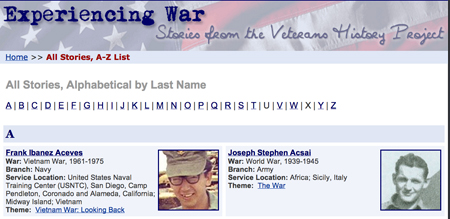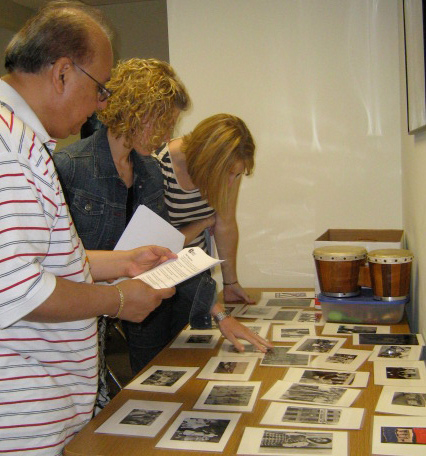Analyzing Primary Sources: Learning from Oral Histories
History textbooks give overviews of people and events of the past. Primary sources provide varied perspectives, adding details, nuance and, often, a sense of immediacy that make history come alive. Oral histories and personal narratives allow us to step into someone else’s shoes for a moment and make personal connections to history. Students who completed…



